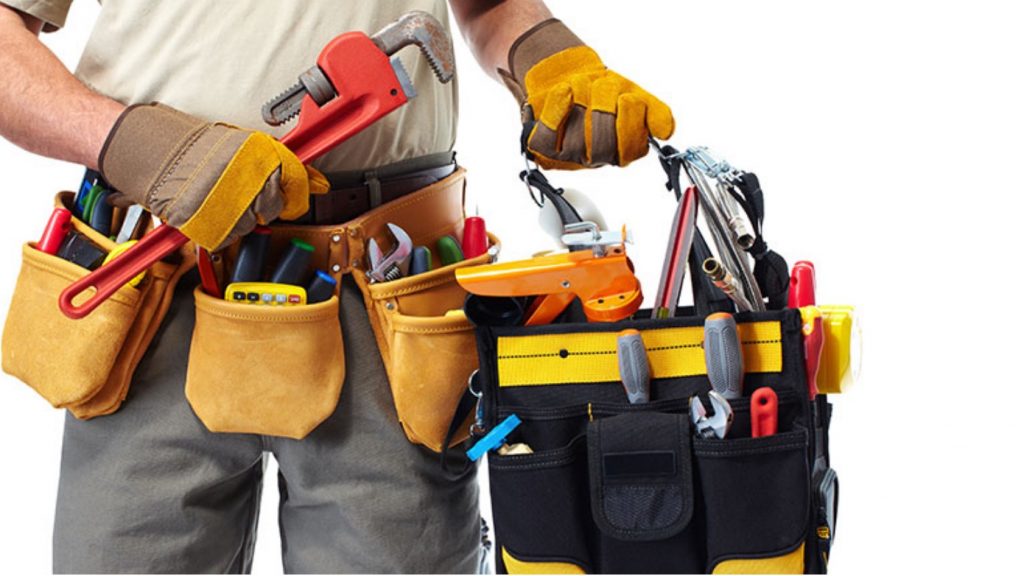29 CFR 1910.241-244
This course will teach employees the importance of hand & power tool safety.
Employees who successfully complete this course should learn the common hazards of different types of hand and power tools, including electrical, pneumatic, hydraulic and abrasive-wheel tools and how to minimize or eliminate those hazards.
Course Outline:
- Identify the three main causes of injury from hand and power tools and methods of injury prevention
- Identify the employer and employee responsibilities for safe use
- Identify common hand tools and their safe work practices
- Identify and discuss common power tools and their safe work practices
- Identify electric tool hazards and describe their safe work practices and inspection procedures
- Identify power abrasive wheel tool hazards and describe their safe work practices and inspection procedures
- Identify pneumatic tool hazards and describe their safe work practices and inspection procedures
- Identify power-actuated tool hazards and describe their safe work practices and inspection procedures
- Identify hydraulic power tool hazards and describe their safe work practices and inspection procedures
The employer shall ensure that each employee is evaluated to confirm that he/she understands the information provided in the training.
SELA Safety Council, LLC. training conforms to OSHA CBT Training standards and ANSI Z490.1. Criteria for Accepted Practices in Safety, Health and Environmental Training. SELA Safety Council, LLC. follows all ANSI training criteria.
SELA Safety Council, LLC. Copyright© 2020 All rights Reserved
Course Instructor
Elearning
Virtual Instructor-Led Training (VILT)
Virtual Instructor-Led Training (VILT) refers to training that is delivered in a virtual or simulated environment, or when instructor and learner are in separate locations. Virtual instruction environments are designed to simulate the traditional classroom or learning experience.
